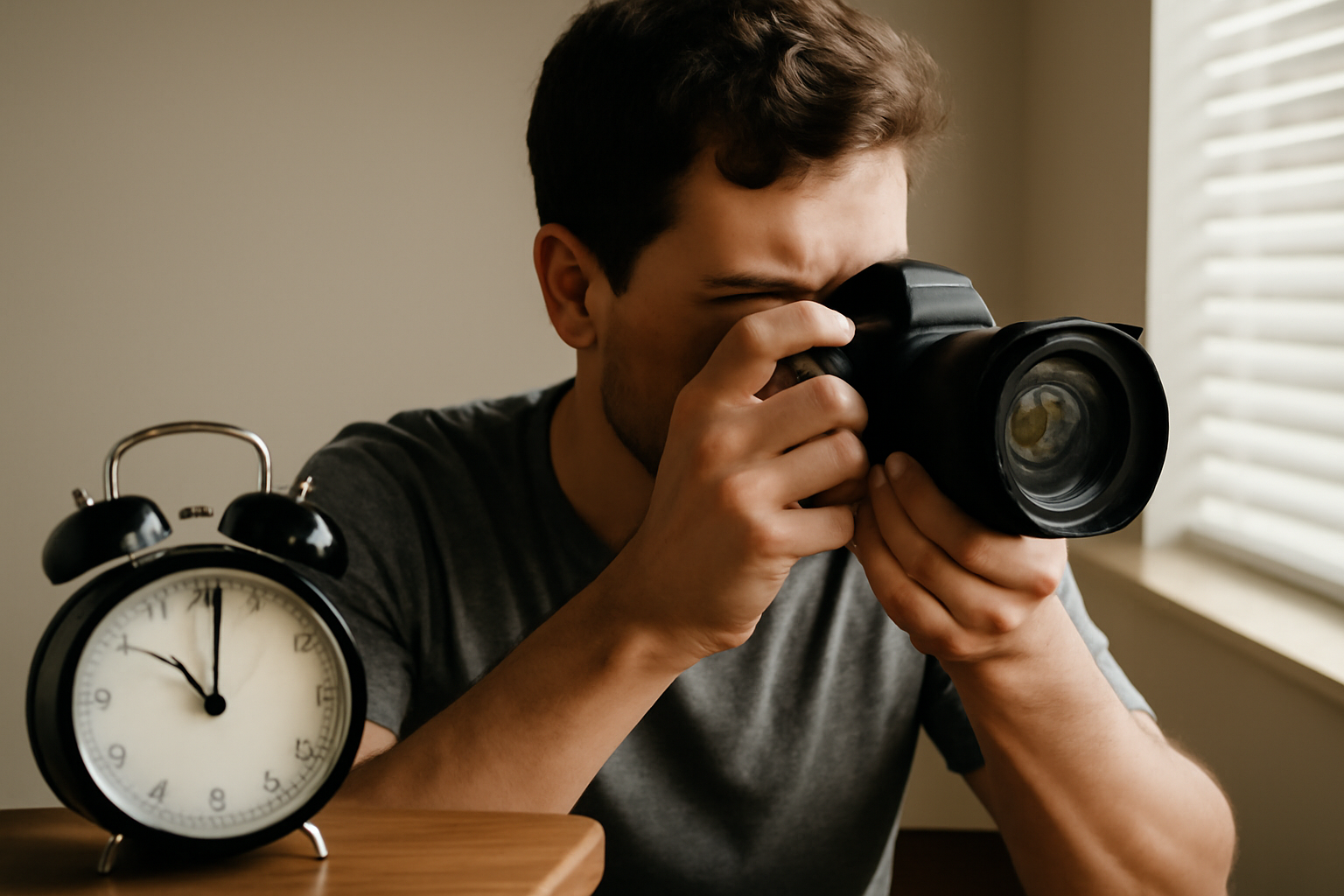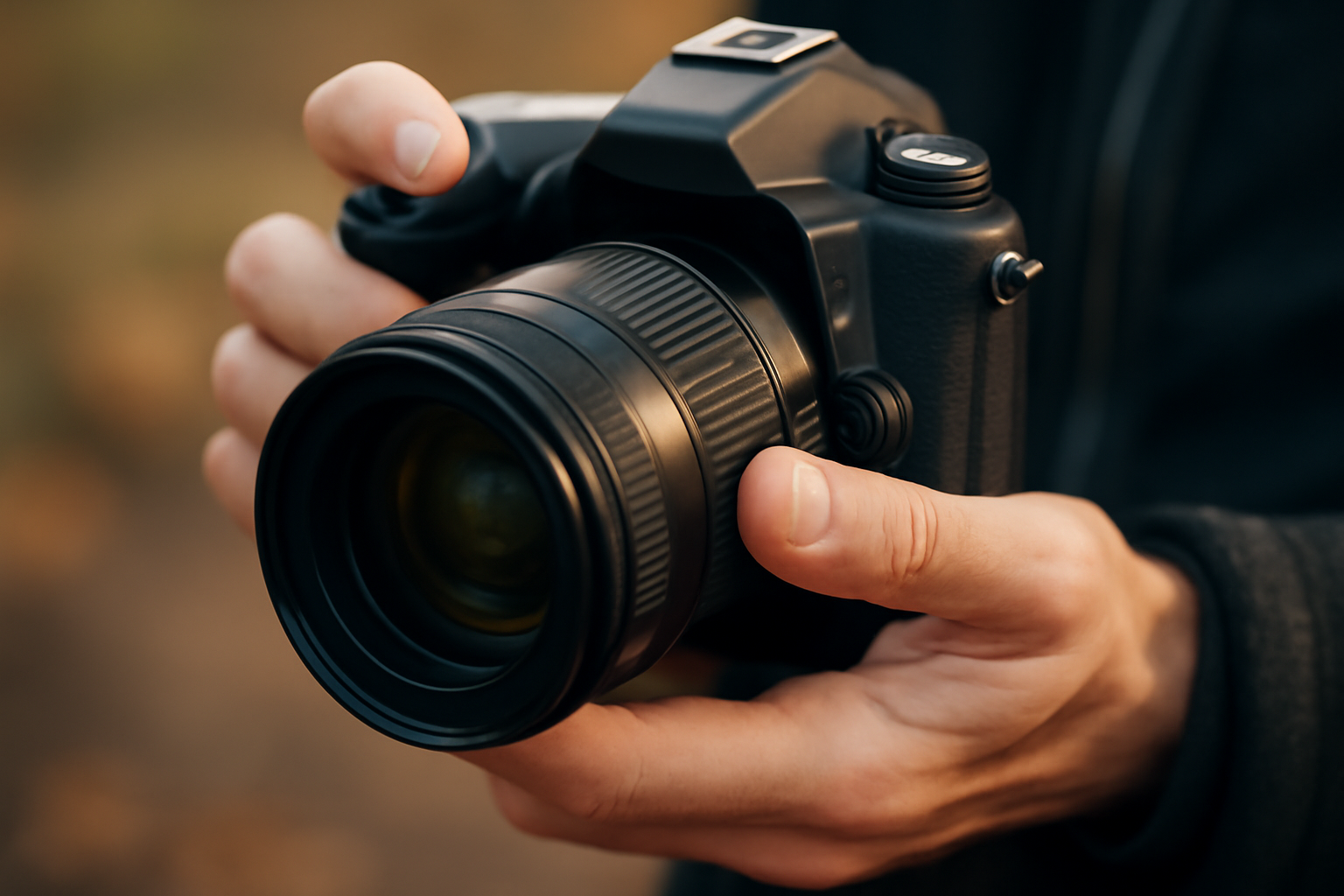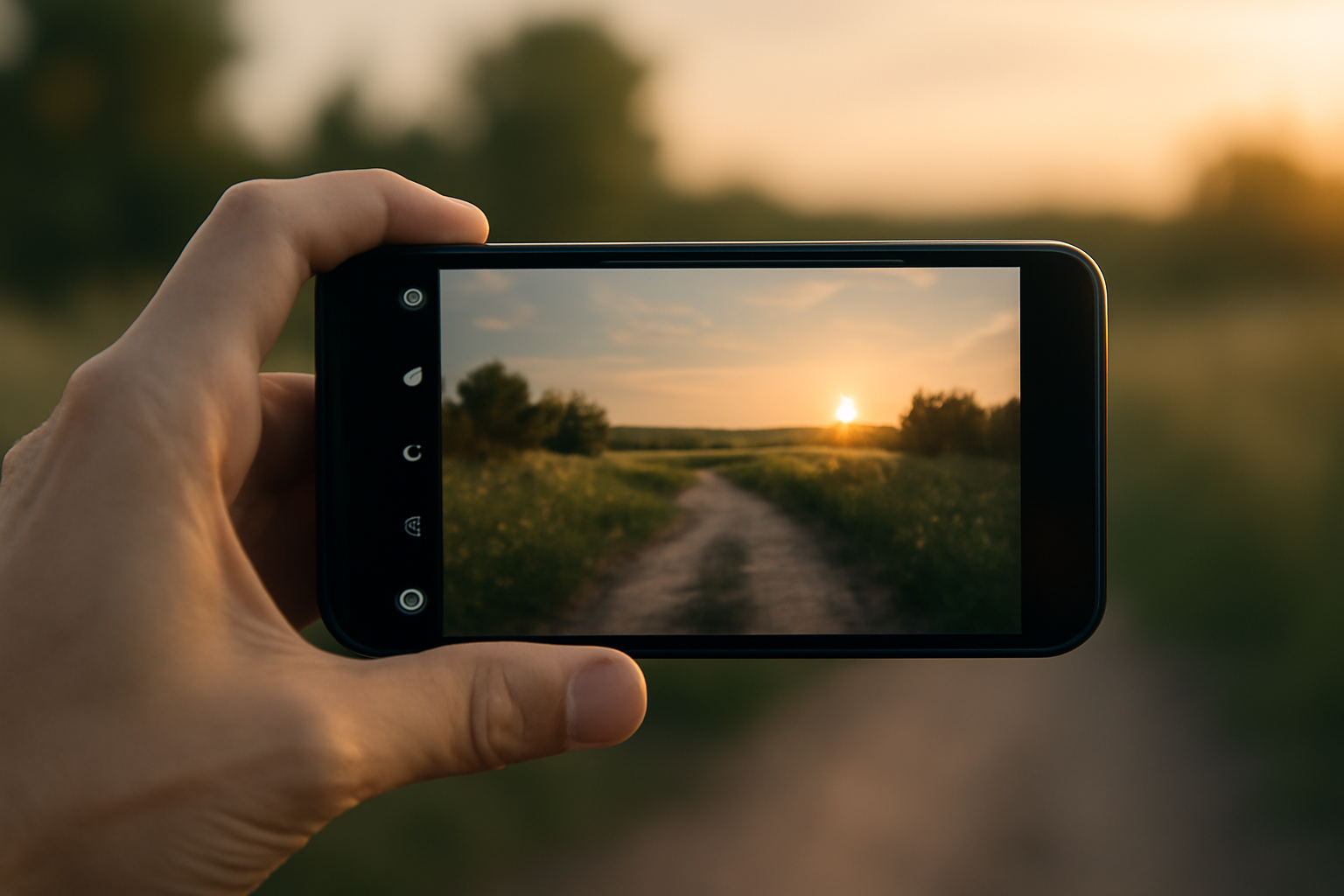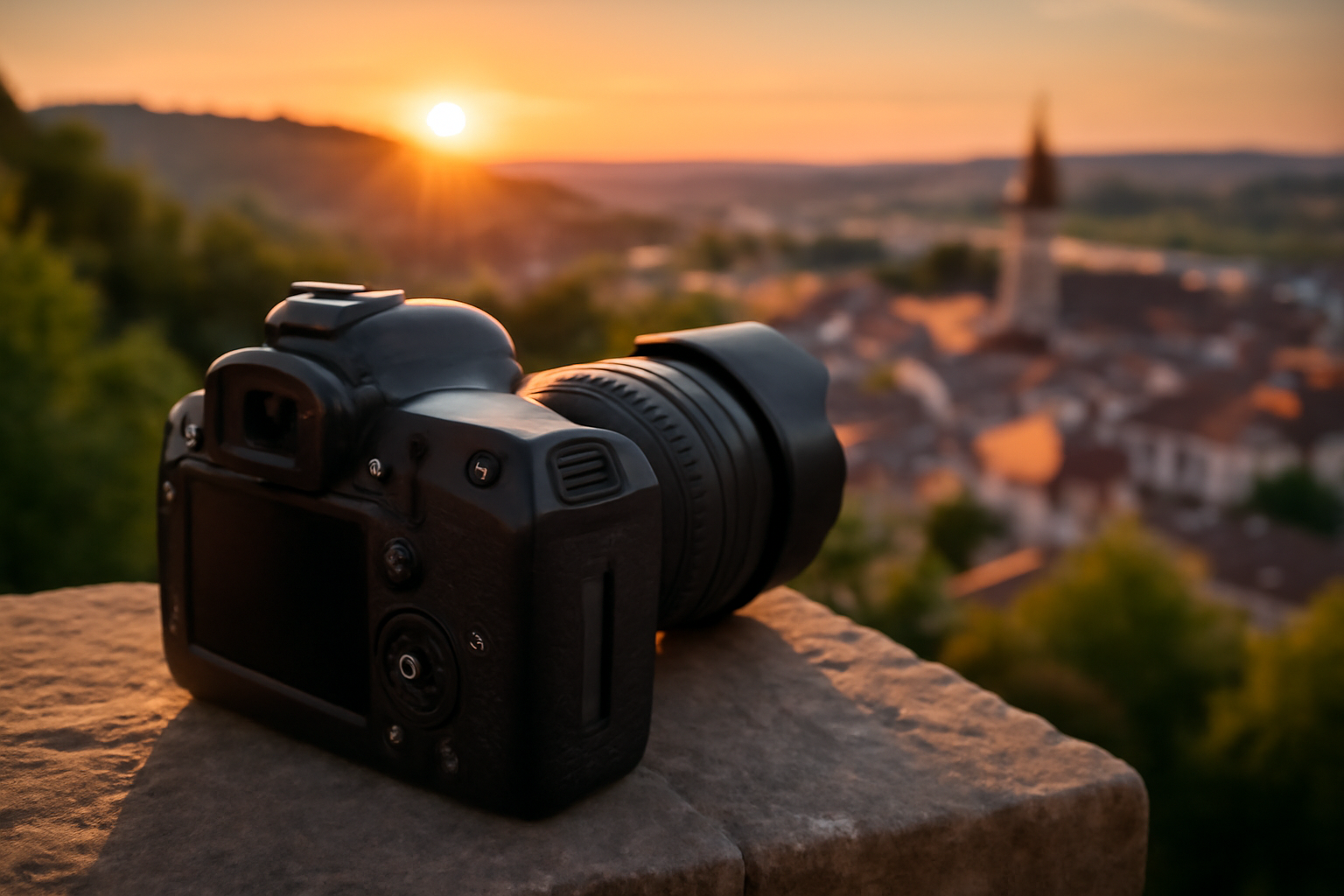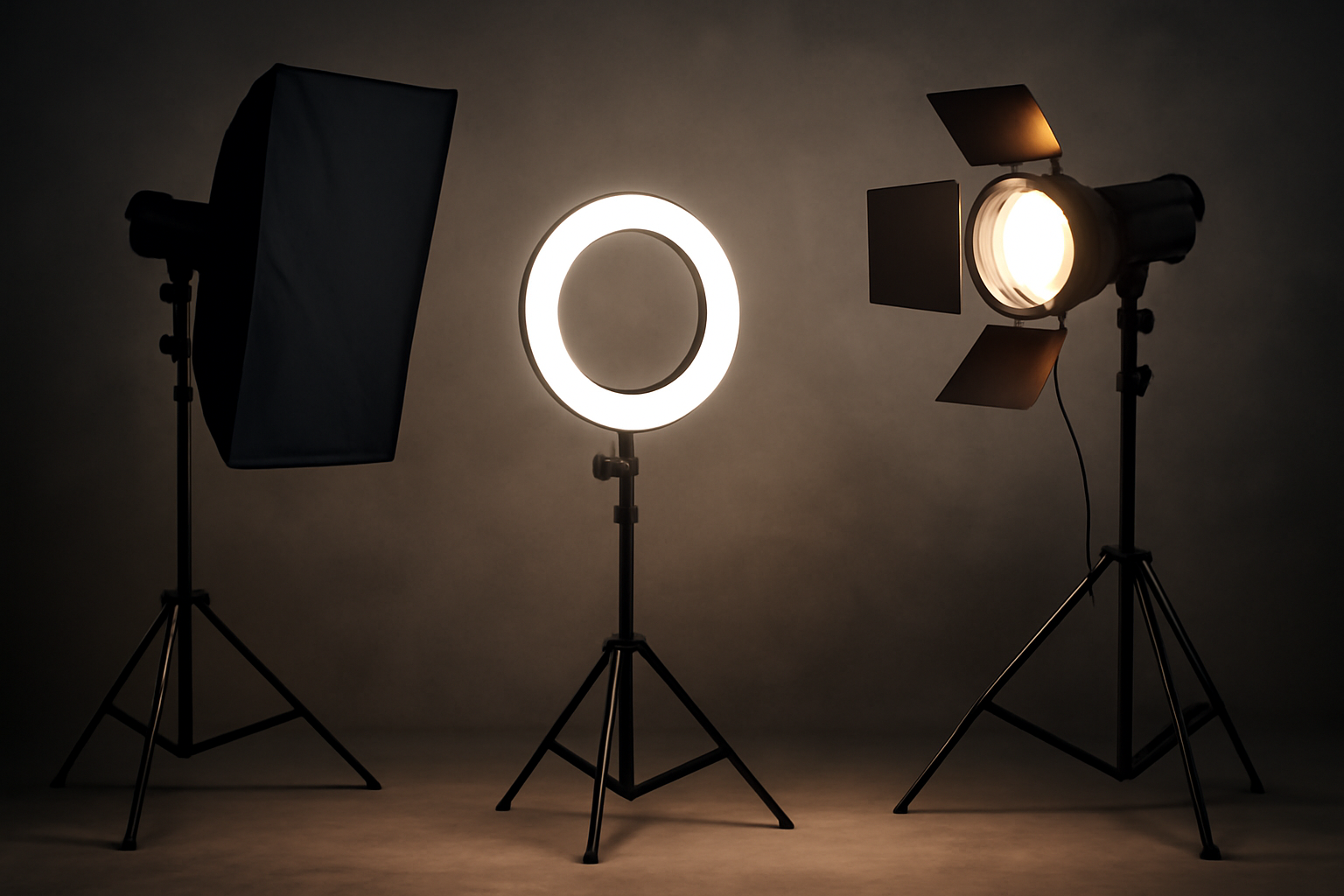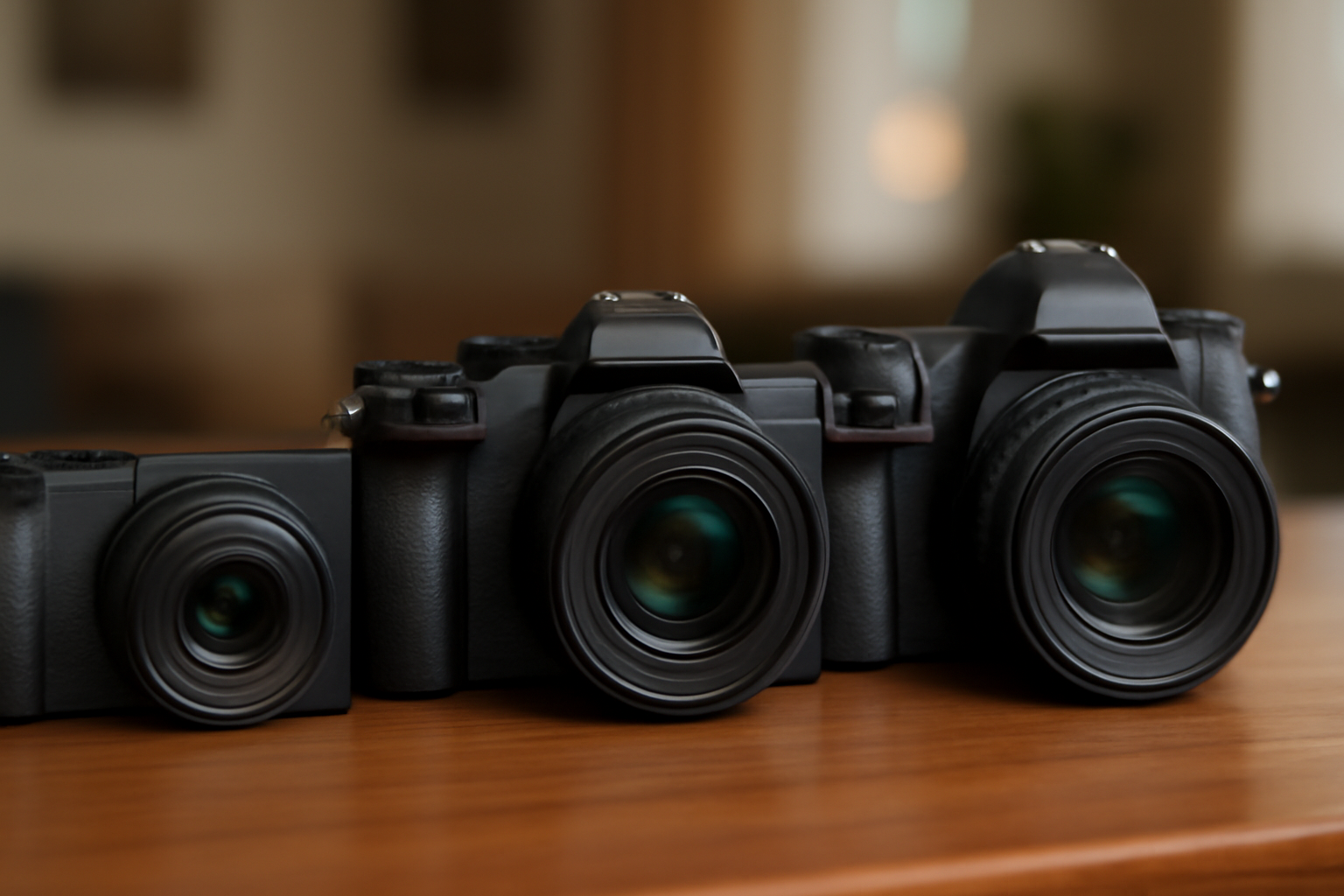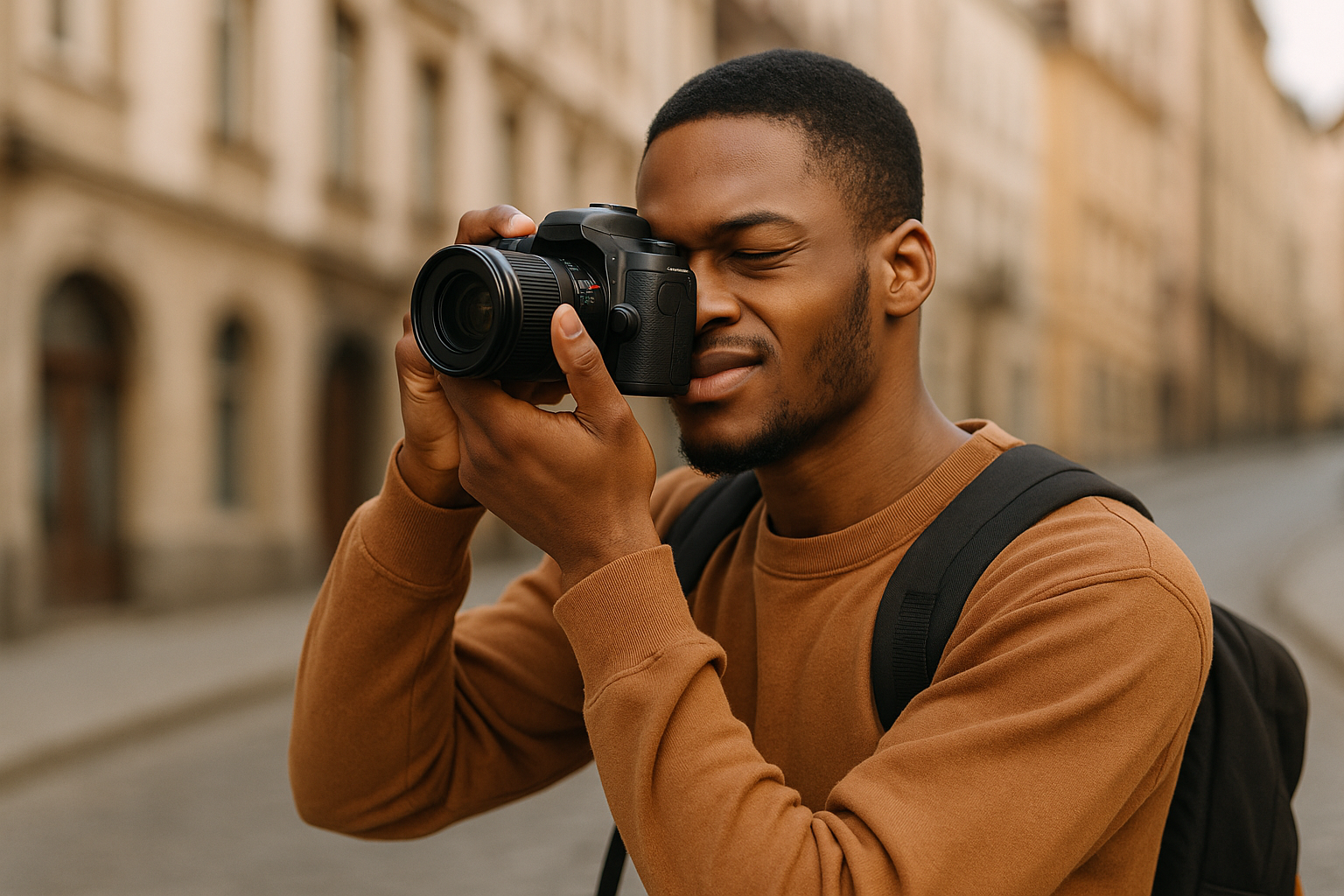One of the biggest challenges for beginner photographers isn’t motivation — it’s time. Between work, studies, family, and other responsibilities, it can feel impossible to dedicate hours to photography every day. You might imagine that serious practice requires long photo walks or weekend trips. But the truth is, progress comes from consistency, not from marathon sessions.
Even if you only have a few minutes each day, you can make meaningful strides in your photography. It’s not about how much time you spend with the camera in your hand, but how you use that time. This guide will show you how to practice daily, even with a packed schedule, and still grow your skills.
Why Daily Practice Matters More Than Occasional Effort
Think of photography like learning an instrument. Practicing 20 minutes daily is far more effective than practicing for four hours once a month. Daily repetition builds muscle memory, sharpens your eye, and trains you to notice light, patterns, and moments automatically.
When you practice every day, photography becomes a habit. You stop waiting for “perfect conditions” and start recognizing opportunities everywhere. That shift in mindset is what turns beginners into real photographers.
Step 1: Redefine What “Practice” Means
One of the biggest mistakes people make is assuming practice always requires a full photo shoot. In reality, practice can be quick and simple.
Daily practice could be:
- Taking a single intentional photo during your lunch break.
- Spending five minutes editing yesterday’s image.
- Observing light around your office or home and noting how it changes.
- Experimenting with one setting on your camera before bed.
If you broaden your definition of practice, you’ll realize you do have time.
Step 2: Keep Your Gear Accessible
Time often slips away because of preparation. If your camera is packed away in its bag on a high shelf, you’ll hesitate to bring it out.
Instead:
- Keep your camera charged and ready, sitting on a desk or shelf.
- If you use a phone, customize shortcuts so the camera app opens instantly.
- Prepare a small “everyday kit” — one camera body and one versatile lens.
Removing barriers makes daily practice easier. You’ll be surprised how often you’ll reach for your camera if it’s within arm’s reach.
Step 3: Focus on Micro-Exercises
When time is limited, think in terms of small, focused exercises rather than full projects.
Examples:
- “Today I’ll only shoot reflections.”
- “I’ll take three photos using leading lines.”
- “I’ll practice one portrait of myself with window light.”
- “I’ll find and capture five textures around the house.”
These micro-exercises can be done in five to ten minutes, but they sharpen specific skills. Over weeks, the accumulation makes a huge difference.
Step 4: Use Your Everyday Routine as Practice Material
You don’t need new places to practice — your daily environment is full of opportunities.
Ideas:
- On your commute: Photograph architecture, light, or street scenes.
- At home: Capture morning routines, pets, food, or details in your living space.
- At work: Notice shadows in the office or candid interactions (with permission).
- Outdoors: Use walks to practice composition or lighting on random objects.
When you view your routine as material, you realize photography is everywhere.
Step 5: Build the Habit of “One Photo a Day”
A realistic and powerful approach is committing to one intentional photo daily. It doesn’t need to be award-winning — just deliberate.
Benefits:
- Low pressure: one photo is manageable.
- Consistency: over time, you build a record of growth.
- Mindset shift: you begin to see photos in ordinary places.
Challenge yourself: take one meaningful photo a day for 30 days. At the end, review them side by side. You’ll notice improvements in composition, light awareness, and storytelling.
Step 6: Use Limited Time for Observation
Photography isn’t only pressing the shutter. Observing light, shadows, colors, and moments trains your eye — even without taking a photo.
Exercises:
- During breakfast, watch how light hits your table.
- Notice how streetlights change the mood of a road at night.
- Mentally frame scenes as if you had a viewfinder in your head.
This kind of practice costs no time but develops the most important skill: seeing.
Step 7: Practice Editing in Small Sessions
If you only have five or ten minutes, editing is a perfect way to improve.
Quick exercises:
- Pick one photo and try three different crops.
- Adjust exposure and contrast to see how mood changes.
- Convert a color photo to black and white to focus on shapes and tones.
- Re-edit an old photo with your current style to see your growth.
Editing isn’t just polishing. It teaches you about light, mood, and storytelling.
Step 8: Embrace Smartphone Photography
Your phone might not replace your camera, but it’s the most accessible tool you have. For daily practice, convenience matters more than perfection.
Ideas:
- Challenge yourself to take creative shots during short breaks.
- Use editing apps like Snapseed or Lightroom Mobile.
- Explore mobile-exclusive techniques, like creative angles that are easier with a phone.
Your phone removes excuses. Even if you don’t have time to set up your DSLR, you can practice anytime, anywhere.
Step 9: Plan Weekly Mini-Challenges
To keep yourself motivated, set a weekly theme.
Examples:
- Week 1: “Shadows and Light” — focus on contrast.
- Week 2: “Colors” — choose one color per day to highlight.
- Week 3: “Reflections” — explore mirrors, windows, and water.
- Week 4: “Minimalism” — simplify your compositions.
Themes add structure and variety, preventing your practice from feeling repetitive.
Step 10: Use Downtime Wisely
Think about how much time is lost scrolling aimlessly or waiting in lines. These small pockets are opportunities.
Instead of checking social media, you could:
- Browse inspiring photography accounts or books.
- Sketch composition ideas in a notebook.
- Review your own old photos and critique them.
Even without a camera, you can use downtime to practice mentally.
Step 11: Involve Your Daily Life
Incorporating photography into activities you already do saves time.
For example:
- Cooking? Photograph the process.
- Playing with your child? Capture candid moments.
- Going for a walk? Turn it into a mini photo session.
Photography doesn’t need to be separate from life. It can be woven into it.
Step 12: Learn to Let Go of Perfection
The biggest obstacle in limited-time practice is perfectionism. If you think every session must produce a masterpiece, you’ll never start.
Daily practice is about learning, not flawless results. Some days your photo will feel uninspired — and that’s okay. The act of shooting matters more than the outcome.
Trust that the accumulation of imperfect efforts leads to long-term growth.
Create Quick Rituals Around Photography
One of the best ways to maintain consistency when you’re short on time is to build small rituals. Rituals make photography a natural part of your day rather than something extra you have to remember.
Examples of rituals:
- Photograph your breakfast every morning in different ways — focus on light, angles, or storytelling.
- Capture one detail from your walk home, like a flower, a shadow, or a doorway.
- Before going to bed, take a five-minute self-portrait experiment with different lighting.
These rituals don’t require planning. They become automatic, and over time, you’ll accumulate hundreds of small but meaningful images that reflect both your growth and your daily life.
Mix Technical and Creative Practice
When time is tight, it’s tempting to always stick with what’s comfortable. But growth happens when you balance technical mastery with creative play.
If you only have ten minutes, you could:
- Practice one technical setting, like changing shutter speed to capture motion.
- Or focus on creativity, like taking one ordinary object and photographing it in five different ways.
Think of technical practice as learning the rules, and creative practice as breaking them. Even in short bursts, alternating between the two keeps your skills well-rounded.
Connect With Others for Accountability
Practicing alone is valuable, but involving others helps you stay consistent. Even if you don’t have hours to spare, online communities make it easy.
Ways to connect:
- Join a daily photo challenge group on social media.
- Share your “one photo a day” with a friend who also loves photography.
- Follow and comment on other photographers’ daily posts — interaction keeps you motivated.
Accountability turns practice into a shared journey. And when others expect your daily contribution, you’re more likely to keep going, even when time is scarce.
Bonus: Combine Photography With Journaling
A powerful way to deepen your practice is to keep a photo journal. Take one photo a day and write a short note about it: what you noticed, what you tried, or how you felt.
This reflection solidifies lessons. Later, looking back, you’ll see both technical progress and personal memories.
Bonus: Study Masters in Small Doses
If you only have ten minutes, study a single photograph by a master. Analyze its composition, light, and story. Ask: why does this image work?
Even brief study sessions add up. You’ll start recognizing techniques you can apply in your own work.
Final Thoughts: Progress Through Small Steps
Practicing photography daily with limited time isn’t about doing everything. It’s about doing something. One photo. One observation. One edit. These small actions stack up over weeks and months, shaping your vision and confidence.
Remember: photography is about seeing. You don’t need hours or exotic locations. You need awareness, curiosity, and consistency.
If you take even five minutes a day, you’re already ahead of the version of yourself that never picked up the camera. Over time, those five minutes will change the way you see the world — and the way the world sees your work.
So stop waiting for the perfect free afternoon. Take the photo today.


